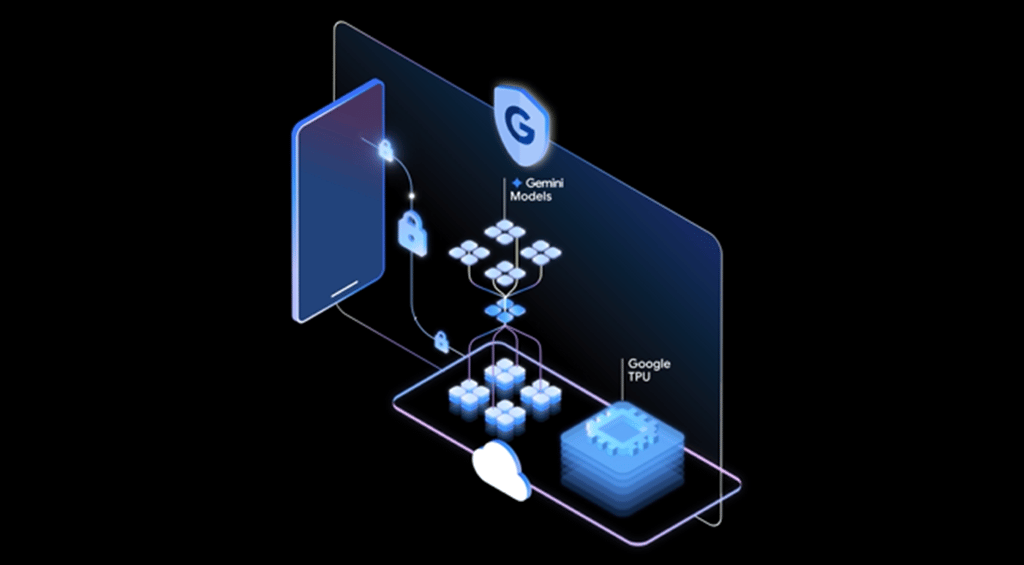Most healthcare executives are banking on predictive analytics — the core of Big Data — to help them keep costs under control, according to a study from the Society of Actuaries. Predictive analytics, one of Datamation’s top big data trends for 2017, employs machine learning, a subset of artificial intelligence, to predict future data points […]
Datamation content and product recommendations are
editorially independent. We may make money when you click on links
to our partners.
Learn More
Most healthcare executives are banking on predictive analytics — the core of Big Data — to help them keep costs under control, according to a study from the Society of Actuaries.
Predictive analytics, one of Datamation’s top big data trends for 2017, employs machine learning, a subset of artificial intelligence, to predict future data points based on an analysis of past data. Advances in the field are making it easier for businesses to better detect patterns and spot anomalies, enabling employees to make better business decisions based on future expectations.
Like many other industries that have discovered the benefits of a data-driven crystal ball, healthcare organizations are jumping on the bandwagon.
Currently, nearly half (47 percent) of the 223 health providers and payers surveyed by the group earlier this year said they are using predictive analytics. Eighty-nine percent expect to be using predictive analytics within five years, if they’re not already doing so. Finally, nearly all executives (93 percent) agree that predictive analytics is critical to their business’ future.
For many healthcare organizations, that future involves optimizing costs.
“More than half of healthcare executives at organizations currently using predictive analytics (57 percent) expect to save 15 percent or more of their total budget – with 26 percent forecasting saving 25 percent or more – over the next five years by using predictive analytics processes,” states the report (PDF).
It won’t be smooth sailing for some firms, unfortunately. The report notes that “despite the financial benefits from predictive analytics, 16 percent of healthcare executives still indicate a lack of budget is the biggest challenge to implementation within their organization.”
The use of predictive analytics is currently higher among healthcare payers (63 percent) than providers (47 percent). Within the next five years, adoption is expected to practically even out at 89 percent for providers and 87 percent for payers.
Besides controlling costs, healthcare providers are looking to predictive analytics to help with hospital readmissions (48 percent), staffing needs (46 percent) and improving patient satisfaction (53 percent). Payers, meanwhile, are focused on profitability (47 percent), clinical outcomes (37 percent) and patient satisfaction (35 percent).
The report also offers the industry a glimpse of the predictive analytics capabilities that healthcare executives expect to see in the future. Some top priorities include honing data collection methods to improve security (20 percent) and investing in the proper talent (18 percent). Data visualization (13 percent) and process automation (13 percent) also ranked high.
Pedro Hernandez is a contributing editor at Datamation. Follow him on Twitter @ecoINSITE.
-
Ethics and Artificial Intelligence: Driving Greater Equality
FEATURE | By James Maguire,
December 16, 2020
-
AI vs. Machine Learning vs. Deep Learning
FEATURE | By Cynthia Harvey,
December 11, 2020
-
Huawei’s AI Update: Things Are Moving Faster Than We Think
FEATURE | By Rob Enderle,
December 04, 2020
-
Keeping Machine Learning Algorithms Honest in the ‘Ethics-First’ Era
ARTIFICIAL INTELLIGENCE | By Guest Author,
November 18, 2020
-
Key Trends in Chatbots and RPA
FEATURE | By Guest Author,
November 10, 2020
-
Top 10 AIOps Companies
FEATURE | By Samuel Greengard,
November 05, 2020
-
What is Text Analysis?
ARTIFICIAL INTELLIGENCE | By Guest Author,
November 02, 2020
-
How Intel’s Work With Autonomous Cars Could Redefine General Purpose AI
ARTIFICIAL INTELLIGENCE | By Rob Enderle,
October 29, 2020
-
Dell Technologies World: Weaving Together Human And Machine Interaction For AI And Robotics
ARTIFICIAL INTELLIGENCE | By Rob Enderle,
October 23, 2020
-
The Super Moderator, or How IBM Project Debater Could Save Social Media
FEATURE | By Rob Enderle,
October 16, 2020
-
Top 10 Chatbot Platforms
FEATURE | By Cynthia Harvey,
October 07, 2020
-
Finding a Career Path in AI
ARTIFICIAL INTELLIGENCE | By Guest Author,
October 05, 2020
-
CIOs Discuss the Promise of AI and Data Science
FEATURE | By Guest Author,
September 25, 2020
-
Microsoft Is Building An AI Product That Could Predict The Future
FEATURE | By Rob Enderle,
September 25, 2020
-
Top 10 Machine Learning Companies 2021
FEATURE | By Cynthia Harvey,
September 22, 2020
-
NVIDIA and ARM: Massively Changing The AI Landscape
ARTIFICIAL INTELLIGENCE | By Rob Enderle,
September 18, 2020
-
Continuous Intelligence: Expert Discussion [Video and Podcast]
ARTIFICIAL INTELLIGENCE | By James Maguire,
September 14, 2020
-
Artificial Intelligence: Governance and Ethics [Video]
ARTIFICIAL INTELLIGENCE | By James Maguire,
September 13, 2020
-
IBM Watson At The US Open: Showcasing The Power Of A Mature Enterprise-Class AI
FEATURE | By Rob Enderle,
September 11, 2020
-
Artificial Intelligence: Perception vs. Reality
FEATURE | By James Maguire,
September 09, 2020
SEE ALL
BIG DATA ARTICLES
Pedro Hernandez is a contributor to Datamation, eWEEK, and the IT Business Edge Network, the network for technology professionals. Previously, he served as a managing editor for the Internet.com network of IT-related websites and as the Green IT curator for GigaOM Pro.









